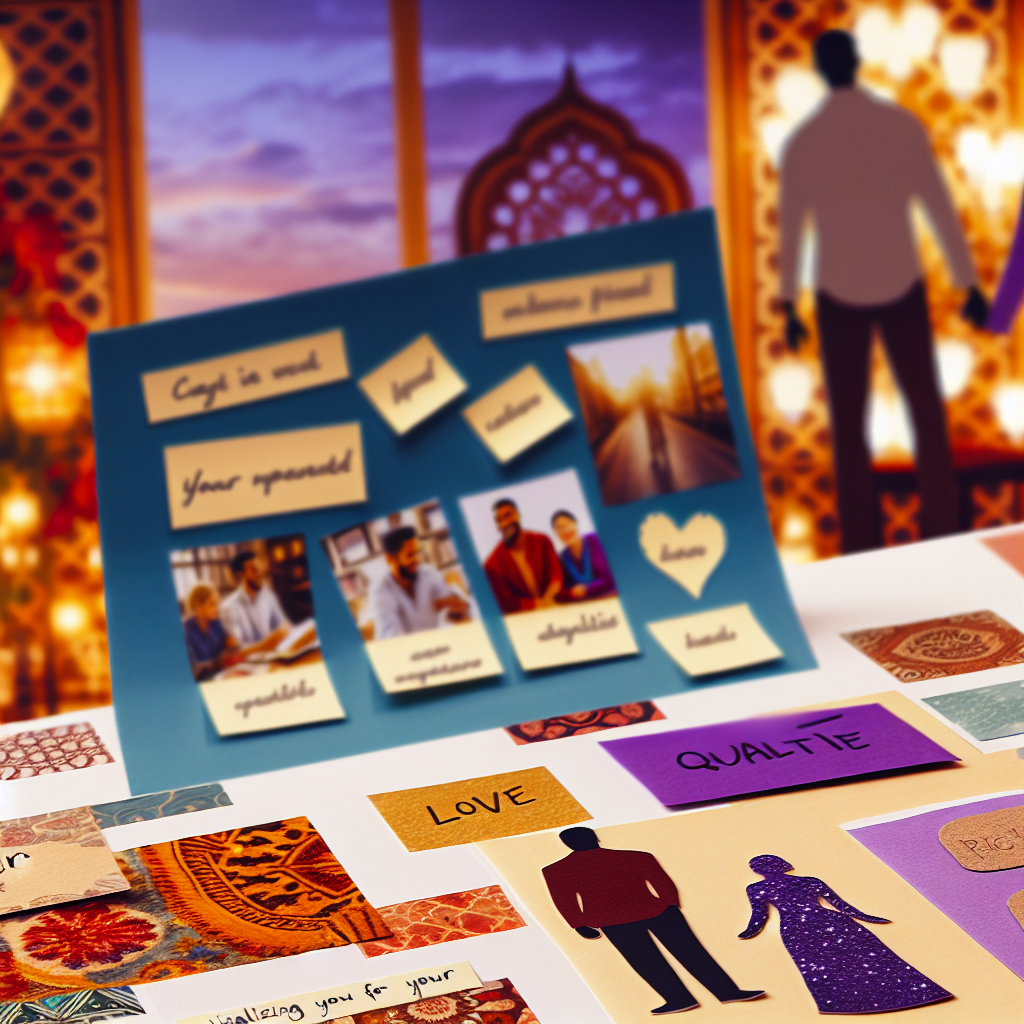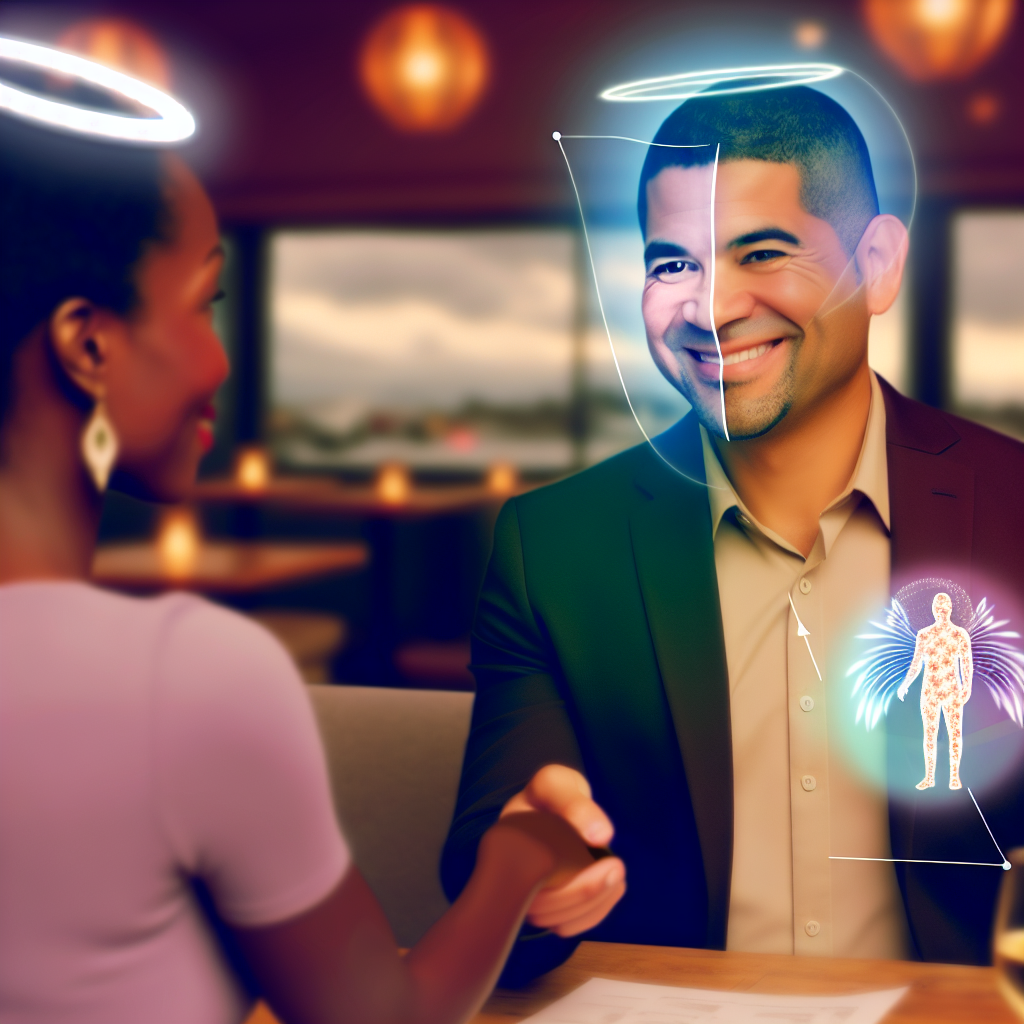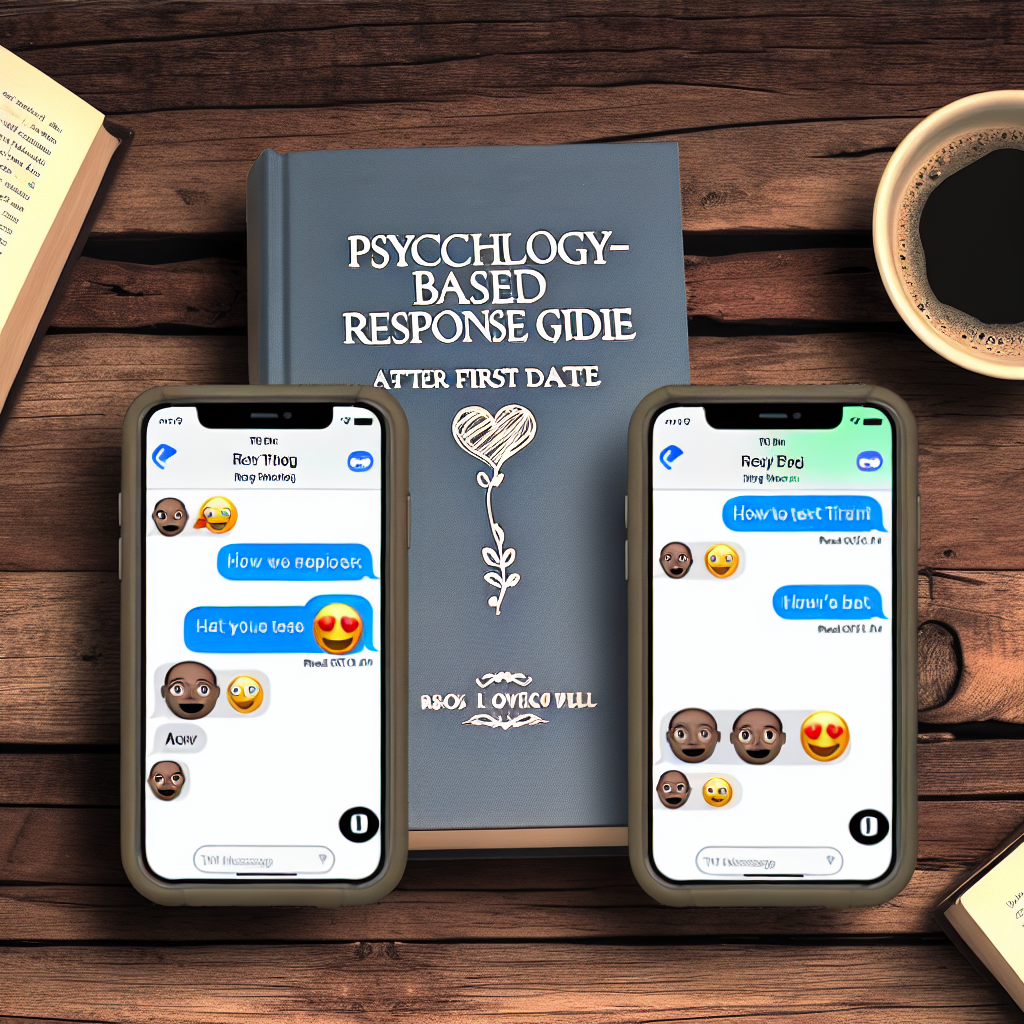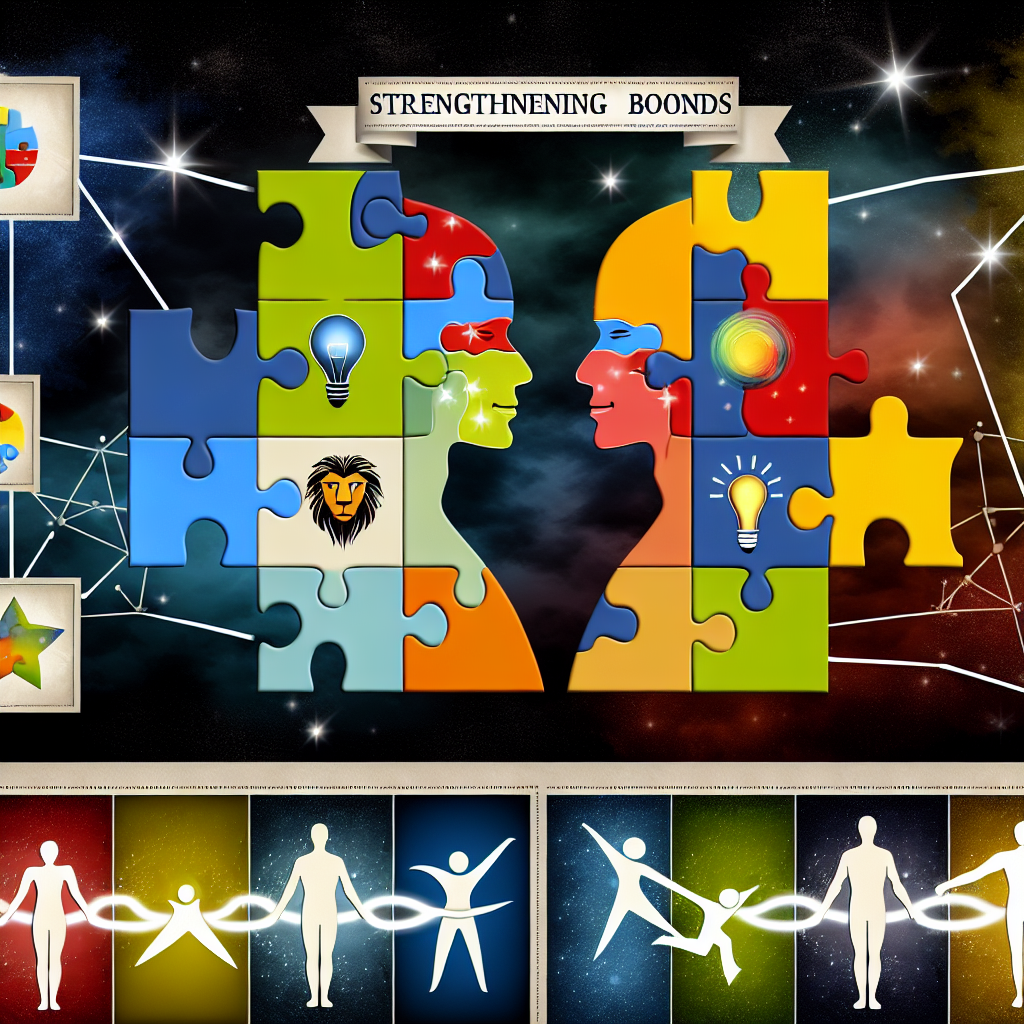Here is the blog post with the requested changes:
Creating a Dating Mood Board: Visualizing Your Ideal Partner
Manifest love with clarity, creativity, and confidence
Introduction: Why Clarity and Creativity Matter in Modern Dating
In the fast-moving world of online and offline dating, clarity is key. Amid thousands of dating profiles, swipe fatigue, and matchmaking apps, it’s easy to lose sight of what you truly want in a partner. With the evolution of digital self-reflection tools and manifestation techniques, one creative, holistic method is gaining attention: the dating mood board.
A dating mood board—a visual collage that reflects your ideal relationship and partner—is more than just a fun DIY project. It’s an intentional, focused exercise to help singles manifest love through clarity and visualization. Just as interior designers use vision boards to conceptualize a room makeover, singles can use mood boards to focus their energy and intentions on attracting the partner who aligns with their values, goals, and lifestyle.
The Science Behind Visualization: How Mood Boards Train Your Brain for Love
While some may view mood boards as simply a creative hobby, there are compelling psychological and neurological reasons why this practice is effective—especially in dating.
According to research published in the Journal of Consulting and Clinical Psychology, visualization enhances motivation, increases confidence and efficacy, and improves mood—all of which contribute to a greater likelihood of achieving desired outcomes (Taylor et al., 1998). Translation: when you mentally and visually rehearse the love life you desire, you bring it closer to reality.
Dr. Tara Well, a professor of psychology at Barnard College, Columbia University, emphasizes that self-awareness and specific intention-setting are crucial factors in attracting healthy relationships. Through visual methods like mood boards, people enhance self-reflection by allowing the subconscious to bring forward patterns, preferences, and hidden desires. “When you’re clearer about what your needs are, you’re likely to form a better relationship,” says Dr. Well.
Adding to this, Dr. Srini Pillay, a Harvard psychiatrist, discusses the concept of “neuroplasticity”—the brain’s ability to rewire itself through new experiences and focused thought. Visualization can simulate experiences in the brain similarly to how we actually live them. This means that by creating and regularly reviewing a dating mood board, you’re training your brain to recognize and respond to the love you’ve envisioned.
Why Visual Journaling and Emotional Clarity Are Relationship Superpowers
Visualization isn’t only about predicting the future—it’s about understanding your past and anchoring in the present. A 2011 study led by Dr. James Pennebaker found that expressive writing and visual journaling can significantly improve emotional and psychological well-being. Mood board creation combines both—offering a way to visually reflect on lessons from previous relationships while gaining emotional clarity moving forward.
This gives you a stronger emotional foundation, making you more likely to enter future partnerships with authenticity, optimism, and resilience.
From Fantasy to Focus: The Purpose of Specificity in Partner Visualization
Dating and lifestyle strategist Matthew Hussey emphasizes: “Be specific about what you want in a partner.” Vague affirmations like “tall, funny, and kind” don’t cut it. You need to know how a kind partner makes you feel, what laughter looks like in your everyday life, and how this future partner engages with your lifestyle goals.
A dating mood board acts as your internal compass and dating filter. When visual cues include shared hobbies, relationship dynamics, communication styles, or core beliefs, you begin seeking partners based on alignment rather than surface-level traits—and red flags become much easier to spot from the start.
How to Create Your Own Dating Mood Board (And Why It’s Easier Than You Think)
Thanks to tools like Canva, Pinterest, and even physical materials like cork boards and magazines, designing your personal dating mood board is both accessible and enjoyable. Here’s what to include:
– Photos: Of couples doing things you love (traveling, cooking, cuddling, adventuring, etc.).
– Keywords and Mantras: Phrases like “emotional safety,” “growth mindset,” or “playful intimacy.”
– Icons or Symbols: Maybe a tree to symbolize stability, or a compass to symbolize shared direction.
– Lifestyle Images: Reflecting home style, vacation vibes, or cultural preferences you value in a partner.
The magic lies in being intentional. Every choice should resonate with your deepest relationship goals—not society’s checklist or trends.
Conclusion: Design the Relationship You Want By Visualizing the One You Deserve
By bringing together vision, psychology, and heart-centered intention, a dating mood board becomes more than just a collage—it becomes your emotional roadmap. Whether you’re newly single or refining your long-term partnership goals, this method helps you date smarter, with more confidence, self-awareness, and purpose.
Love shouldn’t be left to random chance or generic swipes—it should be curated through clarity and creativity. When you know what you want and see it daily, you’re more likely to attract it.
So grab your scissors (or mouse), open your mind, and start building the love story you were meant to live.
**Summary:**
This blog post explores the power of creating a dating mood board to help singles manifest their ideal relationship through visualization, self-reflection, and intentional goal-setting. It delves into the science behind how mood boards train the brain for love, the importance of emotional clarity, and step-by-step guidance on designing a personalized dating mood board. By bringing together creativity, psychology, and heart-centered intention, the dating mood board becomes a transformative tool for singles to date with more confidence, self-awareness, and purpose.
**References:**
– [Taylor et al. (1998) – Journal of Consulting and Clinical Psychology](https://doi.org/10.1037/0022-3514.74.2.380)
– [Dr. Tara Well – Psychology Today](https://www.psychologytoday.com/us/blog/the-clarity/202107/why-do-we-really-want-relationship)
– [Dr. Srini Pillay – Harvard Business Review](https://hbr.org/2018/05/your-brain-can-only-take-so-much-focus)
– [Pennebaker & Chung (2011) – Oxford Handbook of Health Psychology](https://doi.org/10.1093/oxfordhb/9780195342819.013.0018)
– [Matthew Hussey Blog](https://www.howtogettheguy.com/blog)

Dominic E. is a passionate filmmaker navigating the exciting intersection of art and science. By day, he delves into the complexities of the human body as a full-time medical writer, meticulously translating intricate medical concepts into accessible and engaging narratives. By night, he explores the boundless realm of cinematic storytelling, crafting narratives that evoke emotion and challenge perspectives. Film Student and Full-time Medical Writer for ContentVendor.com




